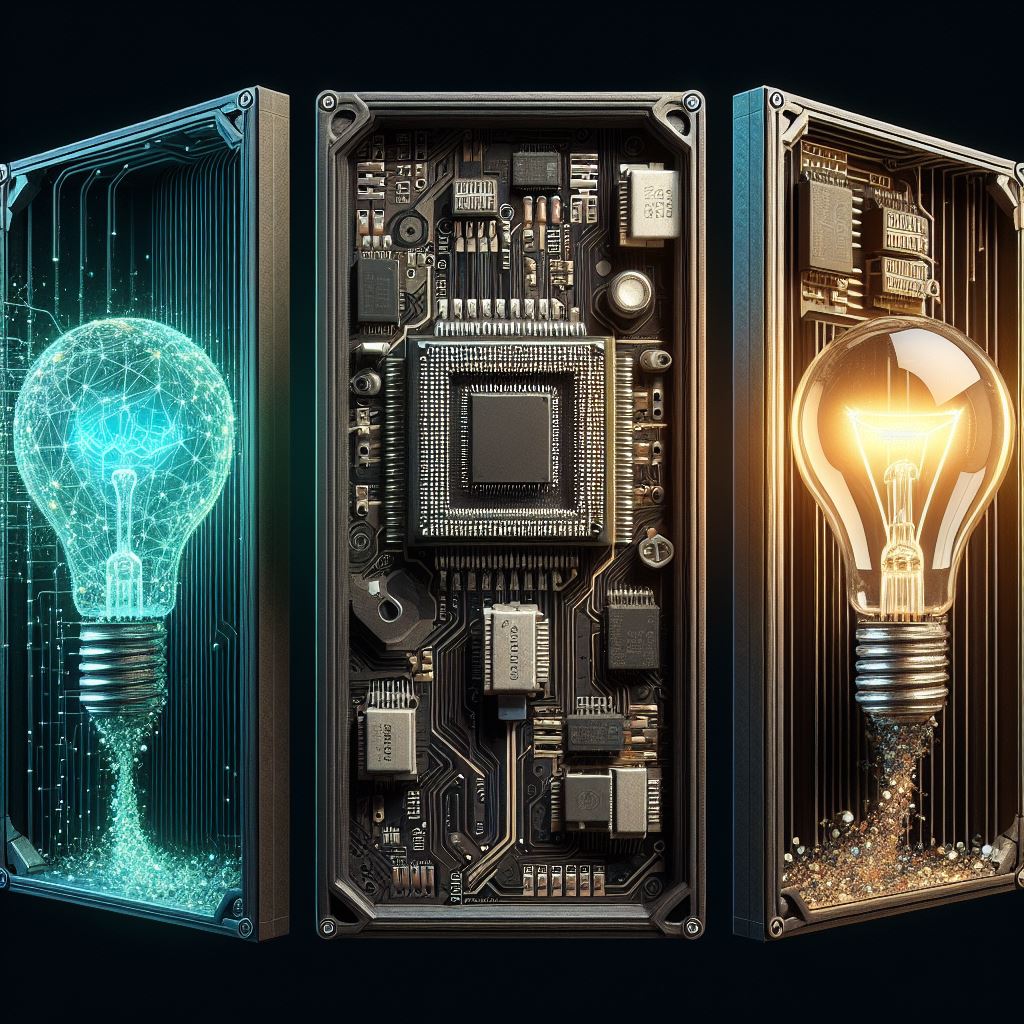Interfaces are how I look at and design systems. The interfaces that I attempt to create come in two varieties, fix and rigid, or soft and flexible. Sometimes these are the abstractions in virtual environments such as software, or physical definitions that are more tangible such as a bolt pattern to hold a PCB board to the housing.
Interfaces are everywhere around us and we interact with them all the time. These interfaces can be abstractions, standards, couplings, or literal interfaces. These interfaces define how two or more systems interact through a shared surface area.
Common examples that I use to help people understand what a rigid interface is, is if you imagine a pipe, and at the end of the pipe is a device to fasten the pipe to another pipe. A flange. This flange has a bolt hole pattern that is well known and will interface with another device that has the same pattern. The other device does not even need to be another flange, it could be a wall, a flange, a blind flange, pump, or any number of other devices.

This bolt pattern is just the most obvious part of this interface. There are other technical aspects that may be hidden from the initial look at the flange. Other aspects that may less obvious include:
- The material specification.
- Bolt hole dimension.
- Gasket requirements.
- Surface treatments.
In some instances, these additional attributes of the interface matter less, but what makes it rigid, is that none of these attributes can be easily changed or modified. Contrasting this with a soft or flexible interface, we can consider the same flange, but without any bolt holes pre-drilled. This gives the flexibility of creating your own pattern, but still within some defined constraints. But in all cases, this interface allows for a level of flexibility to pick and choose what is being connected, with the rigid being more prescriptive, while the flexible being more open.
One of the most common ways that technical people explain an interface is “It is a contract”, I do not find this analogy all that helpful as the contracts can be left up to interpretation and need more context.
Interfaces – A story of the Department of Motor Vehicles (or Main Roads in Queensland, Australia)

Having recently celebrated your milestone birthday, you’re now of legal age to drive. Eager to hit the road, you make your way to your local DMV. Upon arrival, you’re greeted by a friendly door attendant (akin to interface documentation). This helpful individual guides you through the process, explaining where to go, which ticket number to take, and the necessary documents to complete before approaching the service desk.
As you collect your ticket and documents, you overhear the greeter directing others to various services – boat licenses, road worthies, heavy vehicle licenses, and even cricket score registration. That last one strikes you as peculiar, but you shrug it off. You notice that the form you’ve been given requires quite a bit of personal information. However, it’s clearly designed to capture exactly what you’re seeking.
When your number is called, you approach the counter and hand over your form. The teller quickly scans the form (a process similar to form validation in software interfaces) and points out a missing detail. Given the early hour and their steaming cup of coffee, they kindly allow you to add the missing information on the spot.
Once your form is complete, the teller feeds it into a machine. Suddenly, a window next to the teller opens, revealing a camera. You’re asked to stand in front of the window for a photo. After the flash, you return to the counter. The teller informs you that your license is being printed and asks you to take a seat.
After a short wait, your name echoes through the room. You approach the counter once more, and there it is – your brand-new driver’s license.
Summary
In this story, the DMV serves as an analogy for a software interface. The door greeter represents the interface documentation, guiding users and providing necessary instructions. The form you fill out is akin to an input, capturing the specific requests. The actual interface is the window that you, and the teller interact through. The teller’s review of your form is similar to form validation, ensuring all necessary data is provided. The process of taking your photo and printing your license can be compared to the backend processing in software, where user input is processed to generate an output – in this case, a driver’s license.
This story highlights how a well-designed interface, like the DMV, can guide users through a complex process, making it as smooth and efficient as possible. And most importantly, the user does not need to know about how the processes behind the teller actually work.
But there was that odd thing, the cricket scores. You know that doesn’t fit in the DMV right? So what was that? This is what happens when the interface starts to do too much and the use of it starts to get muddied. This likely came from a well-meaning, but unintentionally change in policy, or requirements.
